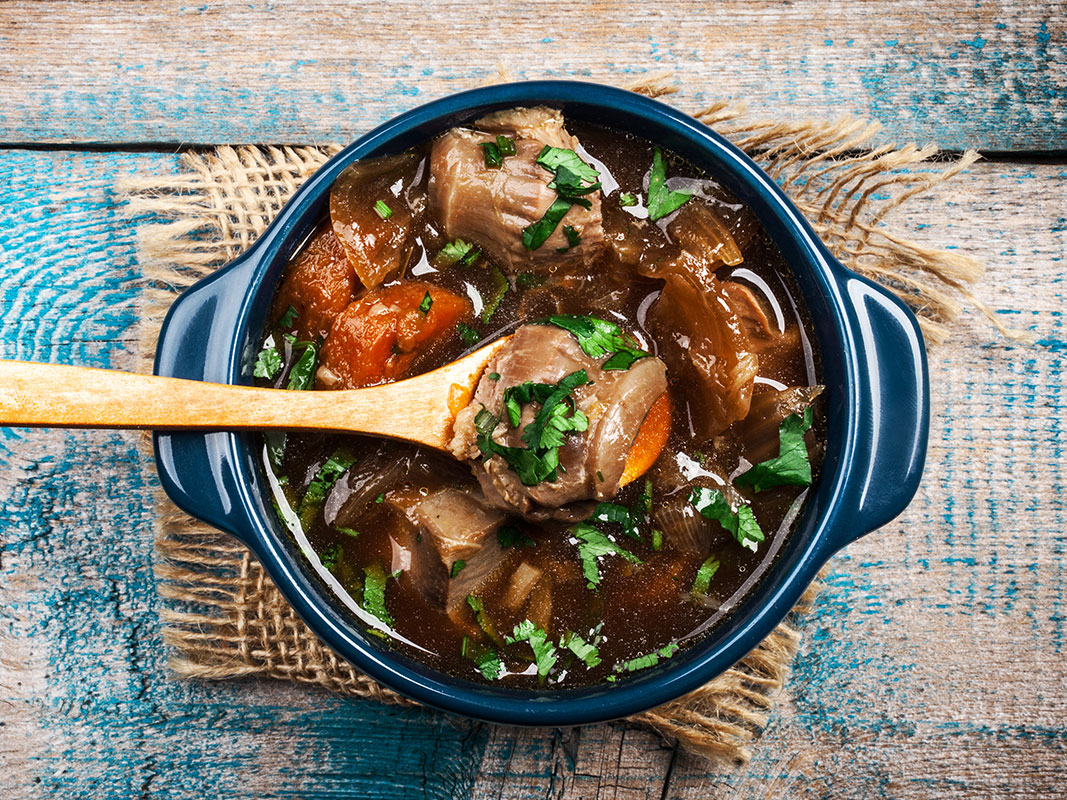Meat Stew is one of the world’s favourite comfort foods. Nothing beats getting cosy in a blanket while having tasty meat stew to beat the cold and dampness of a rainy day. Let’s take a look at this tasty method of cooking meat today.
In stewing, meat cut into smaller pieces or cubes is cooked gently in liquid to completely cover it, and the vegetables are included. A stew can be simmered in a pot on the stove top or cooked in a covered casserole in the oven. Stewing is suitable for the least tender cuts of meat that become tender and juicy with the slow moist heat method. Cuts having a certain amount of marbling and gelatinous connective tissue give moist, juicy stews.
When stewing lean meat, even though it is surrounded by liquid, it can become dry in texture if cooked at too high a temperature for too long. While prolonged simmering or cooking close to the boil is necessary to soften connective tissue and make tough meat tender, it also dries lean meat out. (As the meat is heated the muscles coagulate, proteins shrink and water is squeezed out. Cooking meat in liquid does not stop this water loss). After initial browning, a low temperature or sub-simmer gives best results.
Do not overcook lean meat stews.
The meat for a stew is usually browned before the liquid is added. This develops colour and flavour. Some meat stews are made without initial browning, relying on added ingredients for depth of colour. In some stews only the vegetables get an initial browning, and then meat and liquids are added. For example, a meat curry is often made this way.
White Stews
Known as blanquettes fricassees, white stews are made with lamb that is blanched, or lightly seared without colouring, and cooked in stock.
To blanch
Cover meat with cold water and bring to the boil, then drain and refresh under cold running water. The sauce is then made with the liquid and finished with a liaison of egg yolks and cream.
Brown Stews
Brown stews are made with pieces of red meat that are first seared or browned. A browned mirepoix (and sometimes browned flour), plus liquids such as stock and wine are added, and the dish simmered gently until tender.


Pingback: Here are 3 reasons you will love bone broth! - Licious - Blog